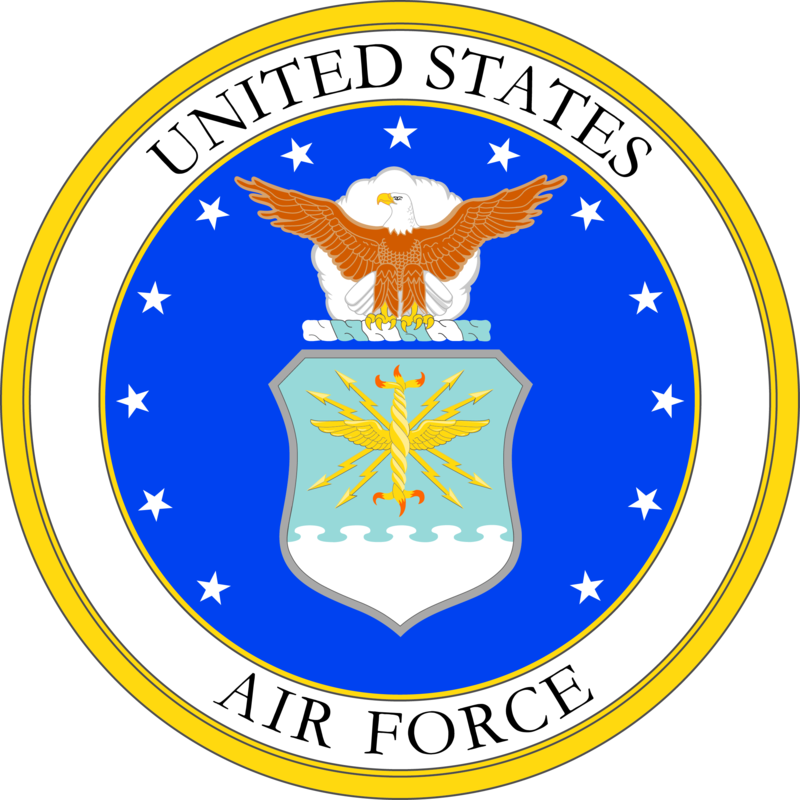ABOUT AAVS Aerospace Audiovisual Service
- Origins in the Cold War: The Aerospace Audiovisual Service (AAVS) traces its roots back to the United States Air Force’s efforts during the Cold War to document, archive, and disseminate audiovisual material for training, historical, and public relations purposes.
- Official Formation: The AAVS was officially established in 1965, consolidating several Air Force photographic and film units under a single command to better coordinate audiovisual operations.
- Global Coverage: AAVS personnel were deployed worldwide, documenting Air Force operations, humanitarian missions, and exercises on every continent, including Antarctica.
- Vietnam War Documentation: During the Vietnam War, AAVS cameramen and photographers captured extensive footage and images of combat operations, which were used not only for intelligence and training but also for historical records and news releases.
- Technological Innovations: The AAVS was at the forefront of adopting new technologies, transitioning from film to video and digital media, and pioneering aerial and high-speed photography for military use.
- Not Just Combat: In addition to documenting warfare, AAVS units produced training films, safety videos, and morale-boosting content for Air Force personnel and their families.
- Presidential Missions: The AAVS was often tasked with covering Air Force One and other high-profile missions involving U.S. presidents and foreign dignitaries, ensuring a visual record of these historic events.
- Distinguished Alumni: Many AAVS photographers and videographers went on to successful careers in civilian media, film, and television, bringing the skills they learned in the military to the public sector.
- Heritage Preserved: The vast archives created by AAVS form a significant part of the National Archives and Air Force Historical Research Agency collections, preserving the visual history of the U.S. Air Force.
- Evolution and Legacy: In 1993, the AAVS was inactivated and its functions absorbed by the Air Force Public Affairs Agency, but its legacy continues in today’s military audiovisual and public affairs operations.

